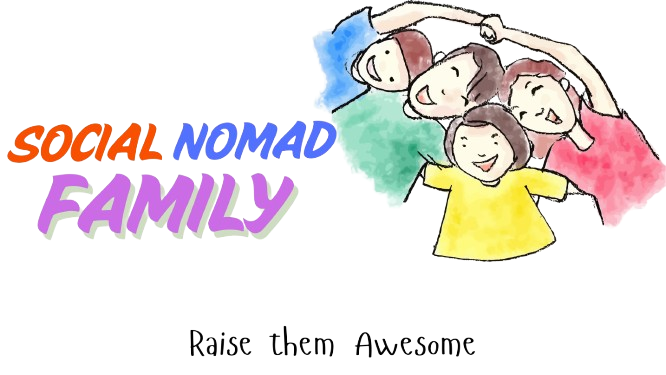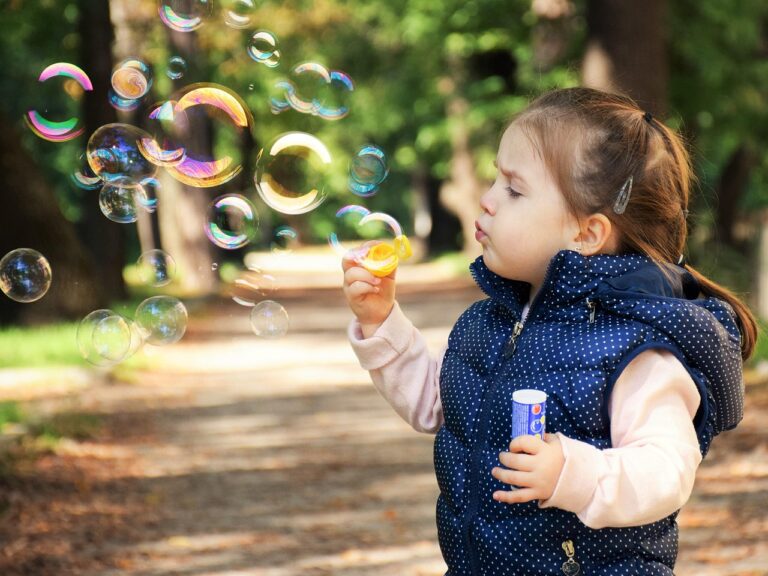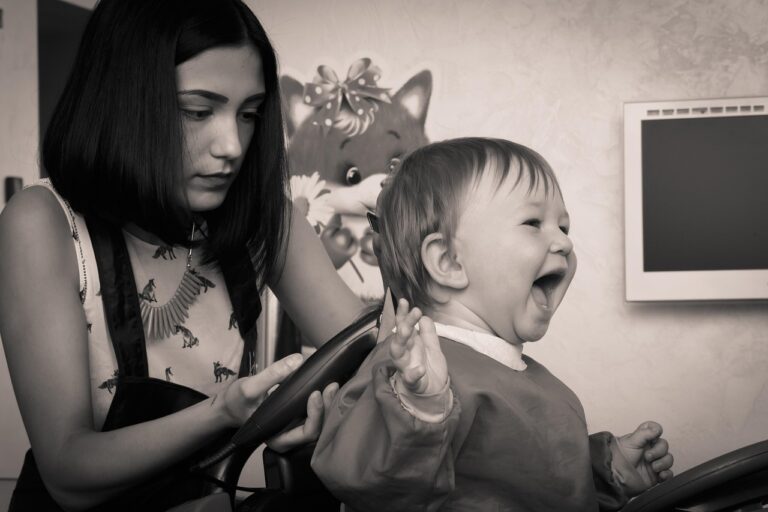It started with a diaper change. A simple, everyday task. My baby wriggled, screamed, and flailed like a tiny octopus escaping captivity. But the moment my partner took over? Silence. Blissful, smug silence. That’s when I realized—I had been dethroned. My child had chosen a favorite, and spoiler alert: It wasn’t me. 🤦♂️
Parental preference is a common phase that many babies go through, and while it can be heartwarming for one parent, it can also leave the other feeling like yesterday’s leftovers. But before you resign yourself to the background like a forgotten toy under the couch, let’s break down why this happens and how to handle it with grace (and maybe a little humor).
Why Do Babies Develop Parental Preferences?
Babies are constantly forming attachments based on comfort, security, and familiarity. Here are some common reasons why they may show a preference for one parent over the other:
1. Primary Caregiver Attachment
Babies tend to bond more with the parent who spends the most time catering to their needs—feeding, changing, soothing, and playing. Basically, the MVP of baby survival.
2. Routine and Familiarity
If one parent is the designated bedtime storyteller, snack dispenser, or human jungle gym, the baby might naturally gravitate toward them out of habit. (Sorry, other parent. Maybe try a cool hat?)
3. Emotional Needs and Temperament
Some babies crave gentle cuddles; others want high-energy peekaboo marathons. Depending on their mood, they’ll seek out the parent who delivers the goods.
4. Separation Anxiety and Developmental Phases
Around 6 to 18 months, babies experience separation anxiety, meaning they attach themselves to one caregiver like a tiny, drooling barnacle. It’s not personal—just developmental survival instincts at play!
5. Recent Changes in Routine
Big changes (like a new job, travel, or even a different brand of baby wipes) can make a baby seek extra comfort from one parent. Babies love consistency almost as much as they love throwing food on the floor.
How to Handle Parental Preference
While it’s natural to feel like a snubbed side character, handling parental preference with patience and understanding is key. Here’s how to navigate this stage without (completely) losing your mind.
For the Preferred Parent:
✔ Encourage Inclusion – Hand off tasks like feeding, diaper changes, or bedtime routines when possible. Sharing is caring! ✔ Avoid Reinforcing the Preference – As tempting as it is to bask in your VIP status, let your partner step in, too. ✔ Balance Your Availability – If your baby clings to you like Velcro, take small breaks so they learn to be comfortable with the other parent.
For the Non-Preferred Parent:
✔ Be Patient and Present – Keep showing up, even if your baby acts like you’re a substitute teacher they didn’t sign up for. ✔ Engage in Fun Activities – Find a special bonding activity—peekaboo, dance parties, dramatic story readings. Be the fun one. ✔ Take Over Some Routines – If possible, take charge of bedtime, bath time, or feeding. Consistency is key! ✔ Give It Time – One day, your baby will switch preferences again (probably when you least expect it), and you’ll suddenly be the star of the show.
Final Thoughts
Parental preferences are like baby fads—one minute, they want only one parent, and the next, they’re throwing tantrums because you peeled their banana wrong. 🤷♀️
At the end of the day, this phase isn’t about favoritism; it’s about comfort, routine, and development. So, if your baby prefers one parent now, don’t worry. Your turn for extra snuggles (and diaper duty) is coming soon!




